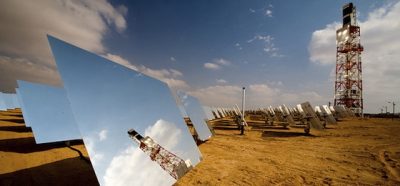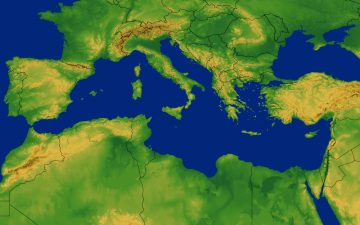 Was it the leap-second bug that pushed America’s power plants beyond their capacity?
Was it the leap-second bug that pushed America’s power plants beyond their capacity?
A 61 second minute was added to clocks around the world on June 30, 2012 at 23:59:60 UTC in order to compensate for slight variations in earth’s rotation speed. This triggered a number of software bugs one of which caused a spike in data center electrical power consumption.
We won’t have to worry about a replay of Y2k until the year 10,000 but leap-year bugs reappear like clockwork every four and four hundred years. Programmers periodically reinvent leap-year mistakes while re-implementing an algorithm first perfected by Pope Gregory XIII in 1582. Leap second bugs are less predictable. Leap seconds are necessary because the Earth’s rotation speeds up and slows down in

response to lunar and solar tidal forces. Leap seconds realign astronomical time with standard earth (UTC) time. This year’s leap second caused a number of software bugs including a Linux kernel bug which caused server power consumption to spike at web hosting companies such as OVH of France and Hetzner AG of Germany.
In a message to their customers, Hetzner AG admitted that this leap-second bug caused their electrical power consumption to increase by about a megawatt.
Even as I type this article on a Linux-powered laptop, I hear the fan speed up and slow down in response to varying CPU load. Websites such as Facebook, online games and web advertisements cause the CPU to draw more power and run hotter so the fan speeds up. Computer malware such as stuxmark and flame also have a significant energy cost as do the anti-virus programs which are designed to protect us from these threats.
Computers are far more efficient than they were a few decades ago. They have grown so efficient that software developers can no longer justify spending time on optimizing algorithms or hunting down CPU performance bugs. But because computers have become so ubiquitous, they consume an increasing fraction of our electrical power consumption and should not be ignored.
The June 30th leap second bug coincided with heat waves in parts of North America. Air conditioning pushed some electric power utilities to the brink of their capacity. Thunderstorms took out some redundancy and the remaining active power lines actually sagged as electrical load heated them enough to soften their copper core.
It is certainly within the realm of possibility that the power consumption spike associated with a leap-second bug could have pushed power plants beyond their capacity, leaving consumers in the dark.
Such “butterfly effect” power outages have occured in the past. One of the most famous ones began in November 1965 when a mis-configured circuit breaker tripped and caused a cascade of overloads which left much of Northeastern US and Quebec in the dark. So as the world moves towards a more efficient balance between electrical production and consumption, we must pay more attention to the energy consumed by inefficient computers and buggy software.
Stopwatch and frog image from Shutterstock; Leap second power spike graph via Hetzner, color fill added to improve contrast.



